Seasonal Japanese Foods For A Fall Palate by Kat Truong
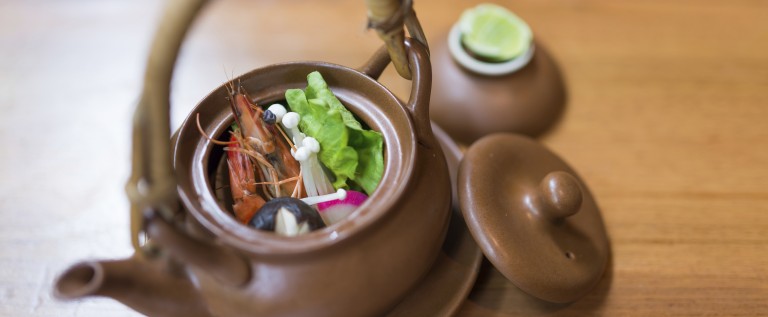
As summer winds down, now is the perfect time to explore the tasty dishes that Japanese people eat to transition into autumn. As Japanese natives sometimes refer to their homeland as the “country of four seasons,” Japan’s culture is especially ingrained with culinary representations of the changing seasons.
Many of these ingredients can be found at Asian markets or specialty stores in the U.S., though of course the best option is to visit Japan to taste these foods! As September heralds the beginning of fall, it is a last chance to experience the cool dishes with hot weather as intended.
Cold noodles are a staple for Japan’s hot and humid summers. First is cold somen, thin wheat flour noodles served plain with diluted soy sauce or fish sauce. Often, somen is even served in ice! Dip the noodles in the sauce as you eat.
Another dish is hiyashi chuka, chilled ramen noodles served with vegetables and other toppings in a vinegar or sesame soy sauce. Popular toppings are egg omelet strips, cucumbers, carrots, bamboo, cabbage and ginger. There can also be slices of tomato or various meats like ham, chicken or barbecued pork. Hiyashi chuka is sold refrigerated in plastic containers at convenience stores in Japan; you can simply pour the sauce over the noodles and toppings to enjoy!
Also popular for summer, rei shabu resembles salad, with chilled boiled pork and raw vegetables such as lettuce, cucumber, and carrot, topped with sesame sauce.
It wouldn’t be Japan without seafood — unagi, or eel, is a summer delicacy, especially served roasted with rice. This dish comes cheaply sold in convenience stores as pre-made lunch boxes but is also served aplenty at restaurants.
To finish off summer meals, dessert comprises shaved ice or fresh fruit. Shaved ice with colorful flavored syrup is called kakigori in Japanese.
Otherwise, cherries and watermelons are common and inexpensive summer fruits. One of Japan’s traditions involves friends and families going to the beach and taking turns cracking the watermelon with a stick while blindfolded — similar in concept to the piñata — all the while trying not to smash it! Then, everyone enjoys eating the watermelon together.
Japanese rice is harvested during autumn and is known as shinmai, or literally “new rice.” From September to December, rice is considered at its freshest and best. Although Japanese people consume rice throughout the year, autumn is particularly good for rice dishes. In particular, koshihikari rice from Japan’s Niigata Prefecture is widely regarded as the most esteemed. Sometimes, they’ll just eat plain rice with simple side dishes like ginko nuts or sesame-salt.
Other harvests include matsutake mushrooms. This delicacy is difficult to find and therefore expensive, but matsutake soup is something to be sought after. Called dobin mushi, the soup is clear broth with vegetables and mushrooms, sometimes with thin noodles. Matsutake mushrooms are known for their unique aroma and are also cooked and eaten with rice.
The best autumn seafood is mackerel pike fish, or sanma, served salted and grilled with rice and miso soup. Sometimes, these fish are not gutted, as the bitterness is pleasing for some palates. These fish come in waves off Japan’s Pacific coast during autumn and are exported worldwide, making them wholly accessible. If there is one dish that symbolizes autumn specialty food in Japan, it would be sanma!
To finish, autumn fruits are represented by persimmons and pumpkins. Persimmons, or kaki, are found by the bucketful come autumn in Japan. The Jiro persimmon, juicy and crispy, can be eaten when ripe, while hachiyu persimmons are soft and eaten either chilled or cooked.
Japanese pumpkins, or kabocha, are very different from orange jack-o’-lantern pumpkins found stateside. More like squash, kabocha is cooked various ways, but one kabocha dish most associated with Japanese autumn is the kabocha croquette. This sweet, fried food is eaten alone as a snack or with rice and soy sauce.

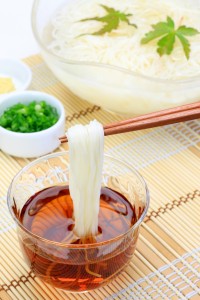

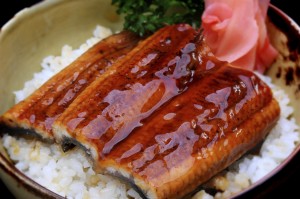
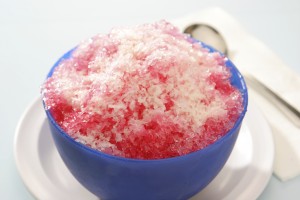
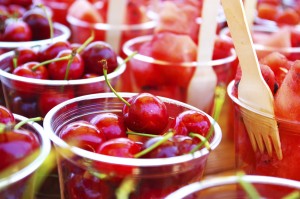

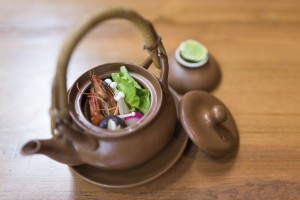
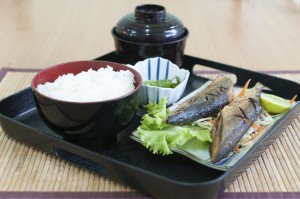

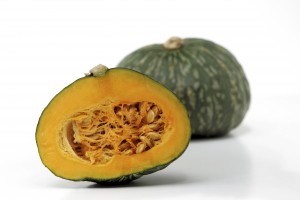





Pingback: Background – Cytheria P2